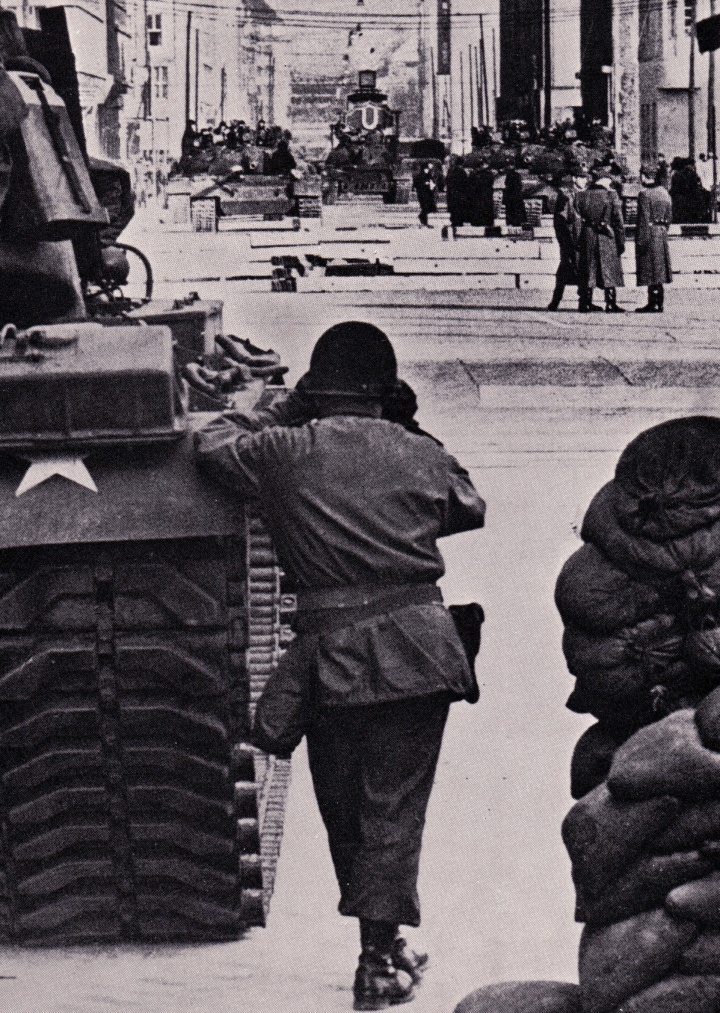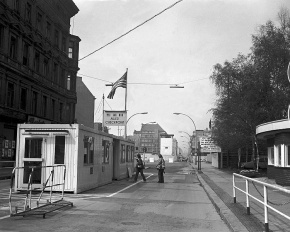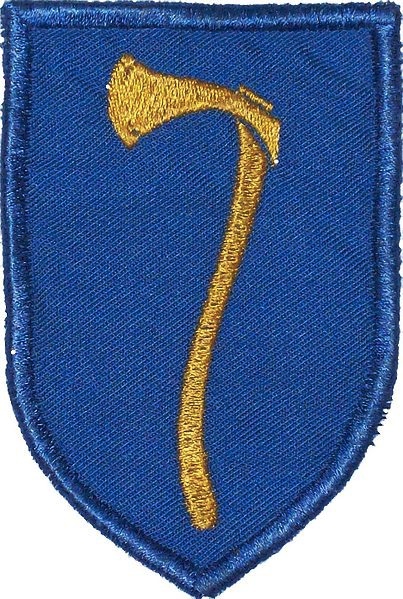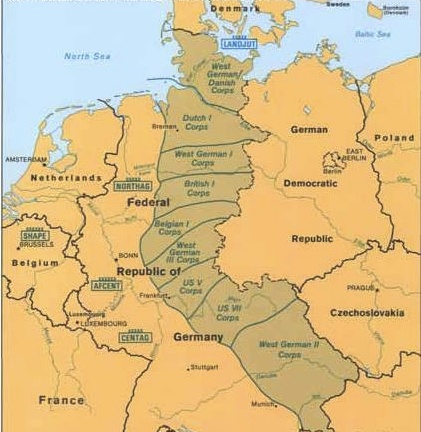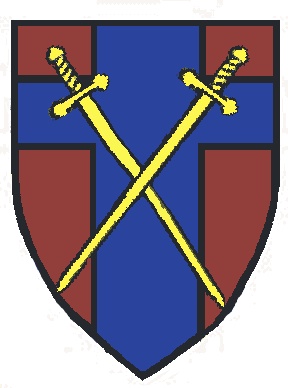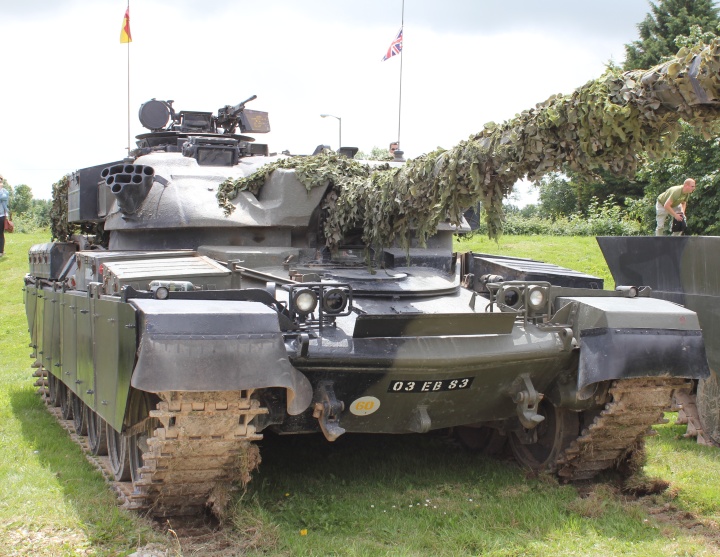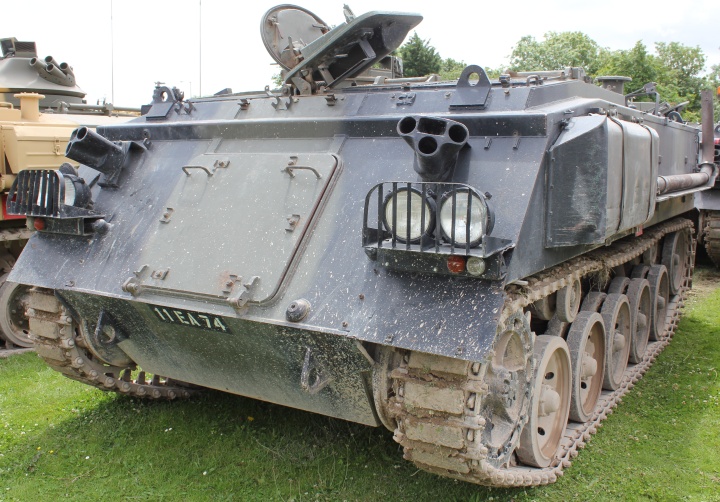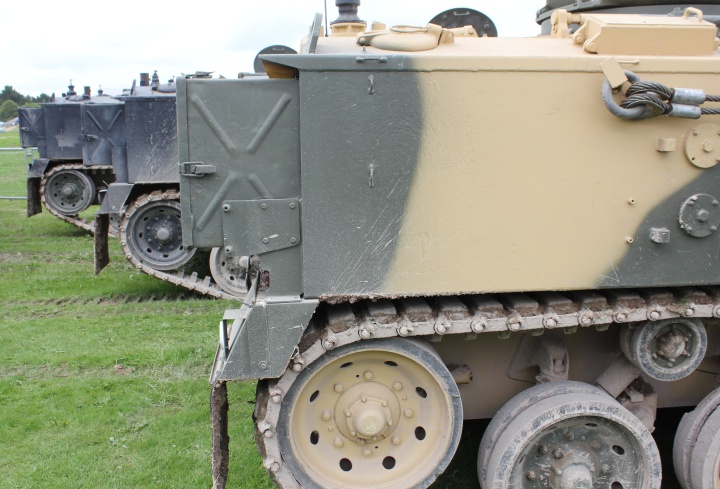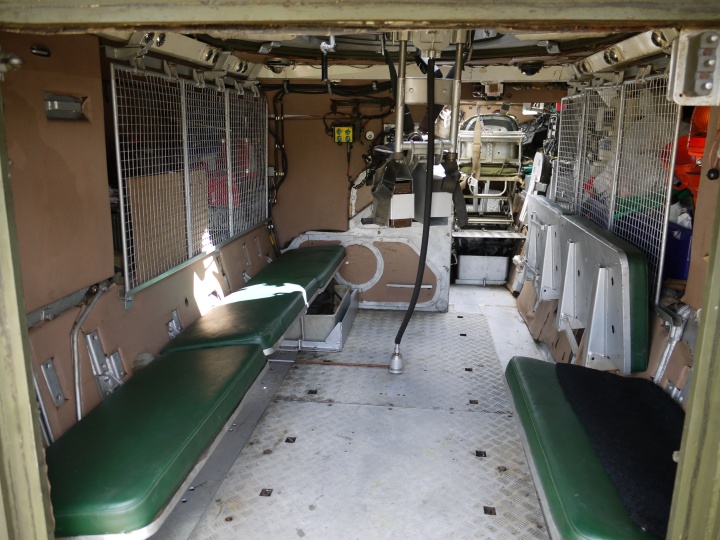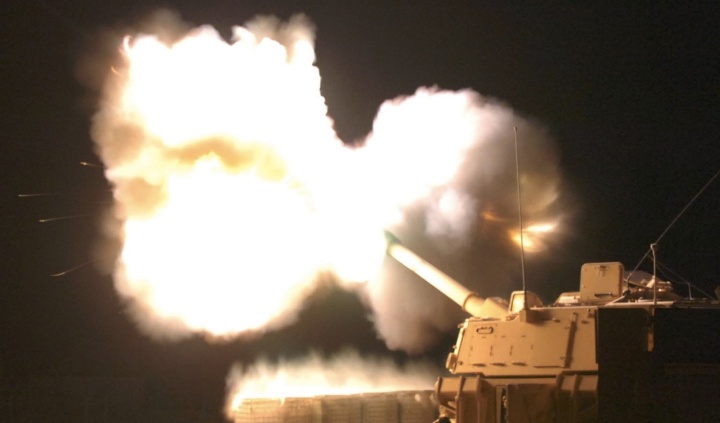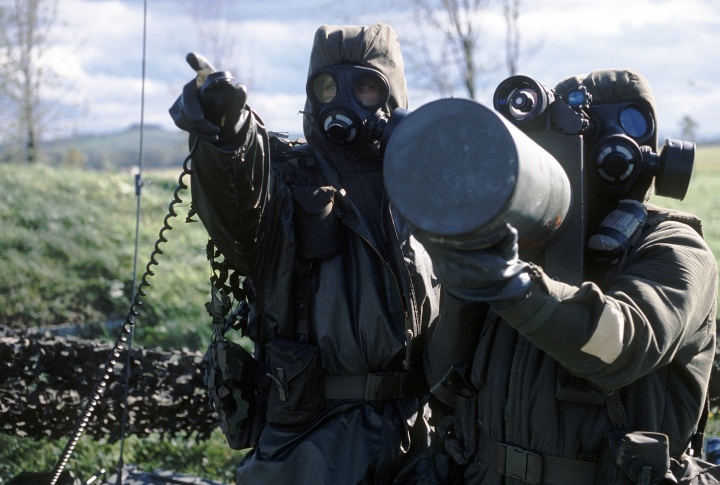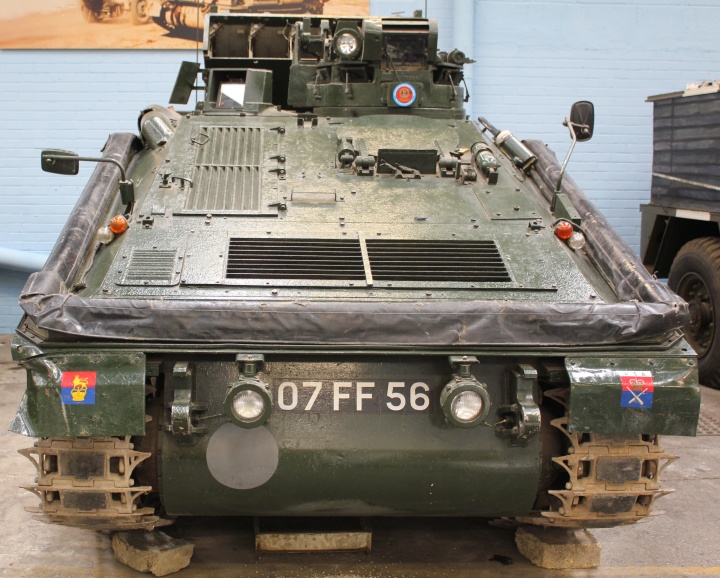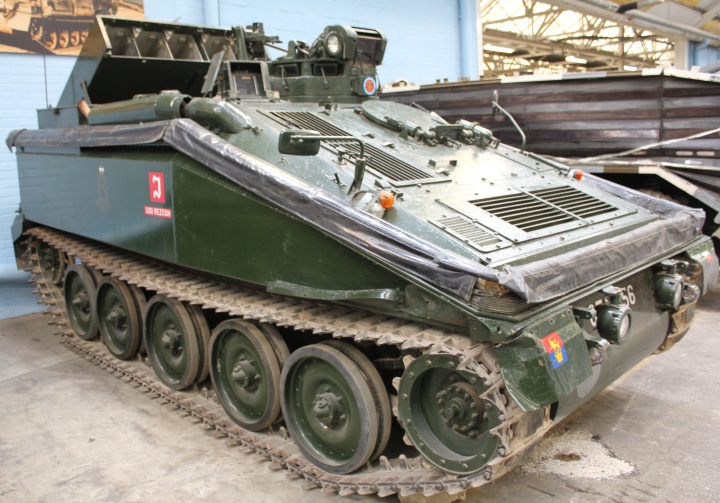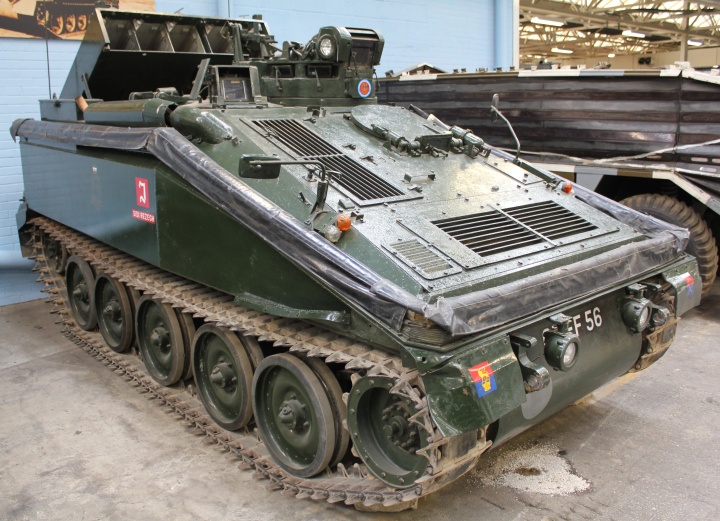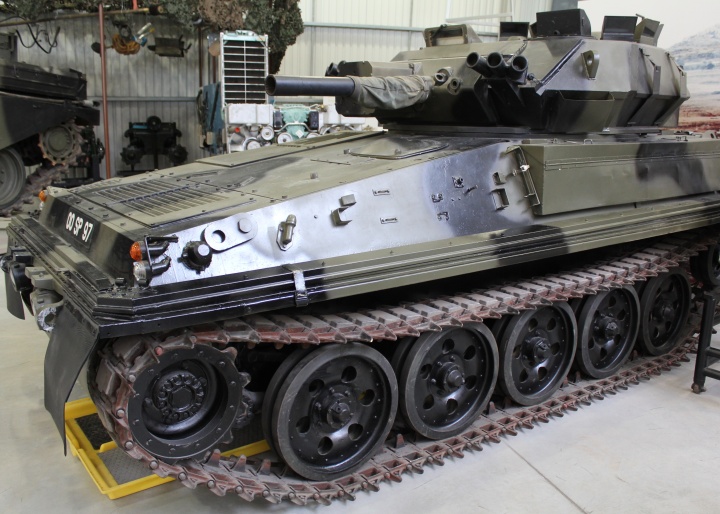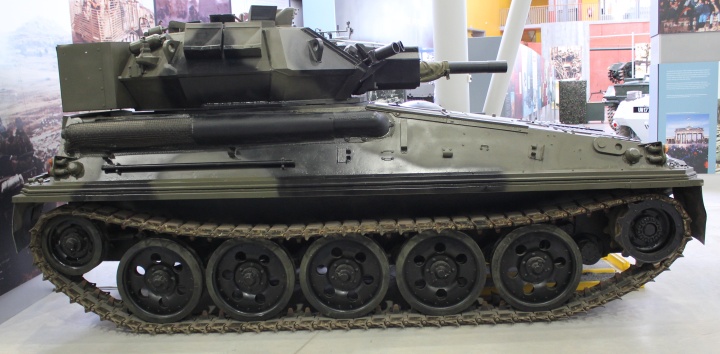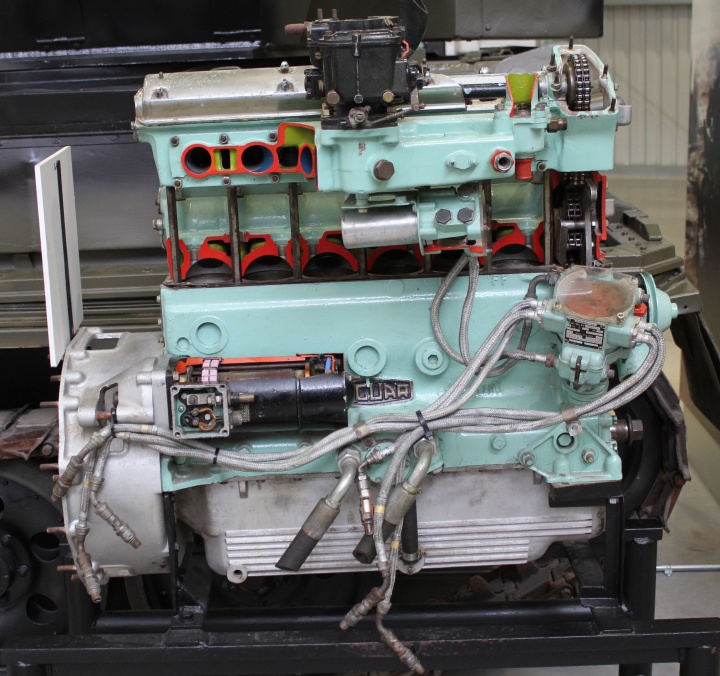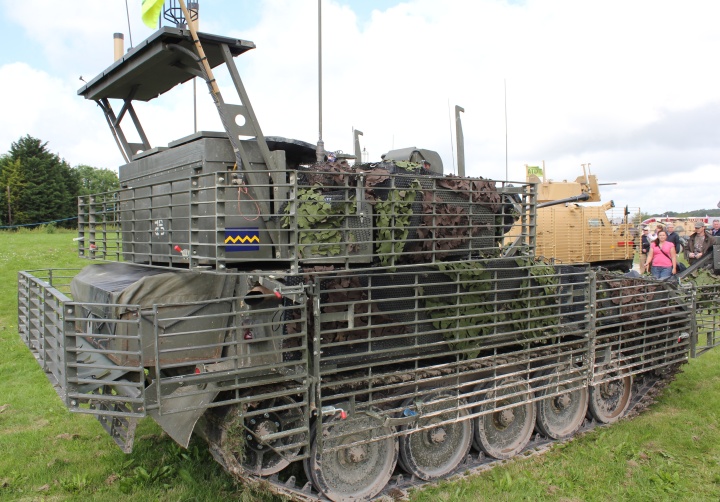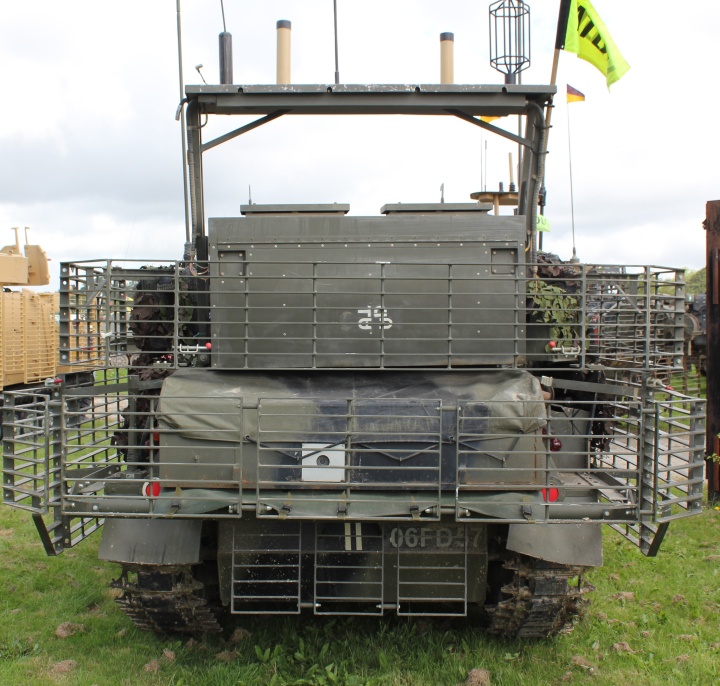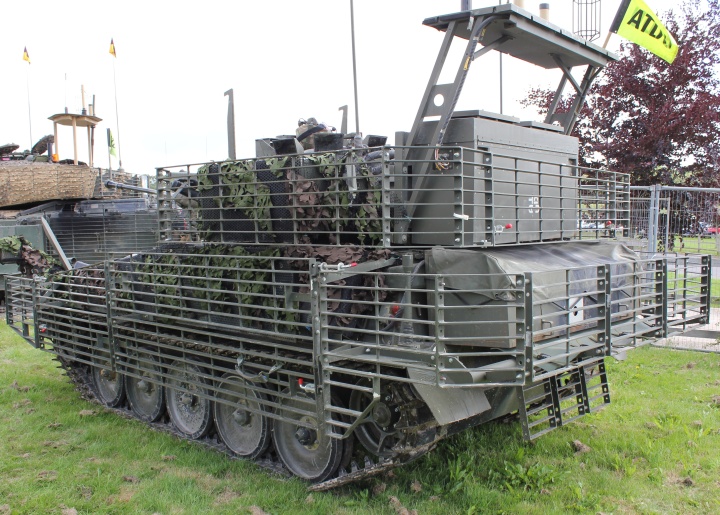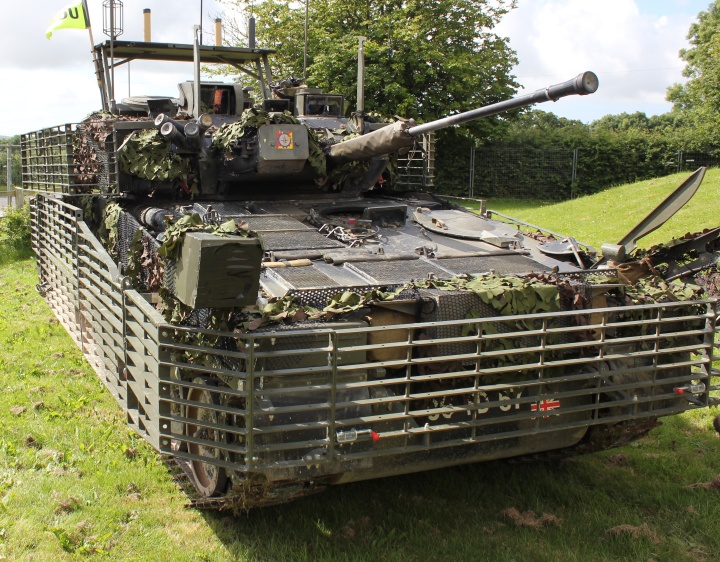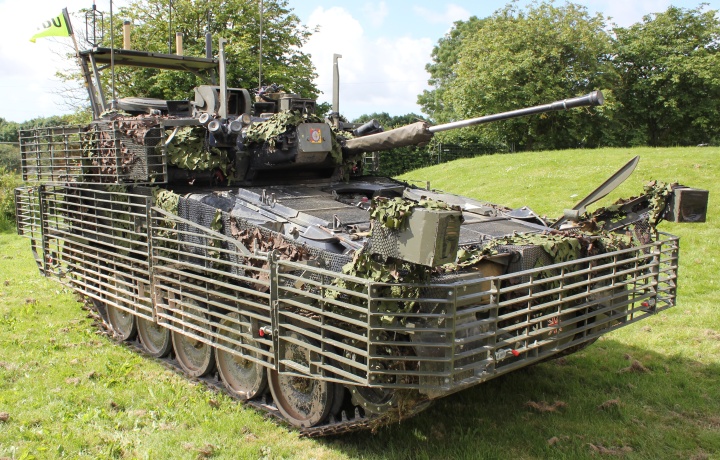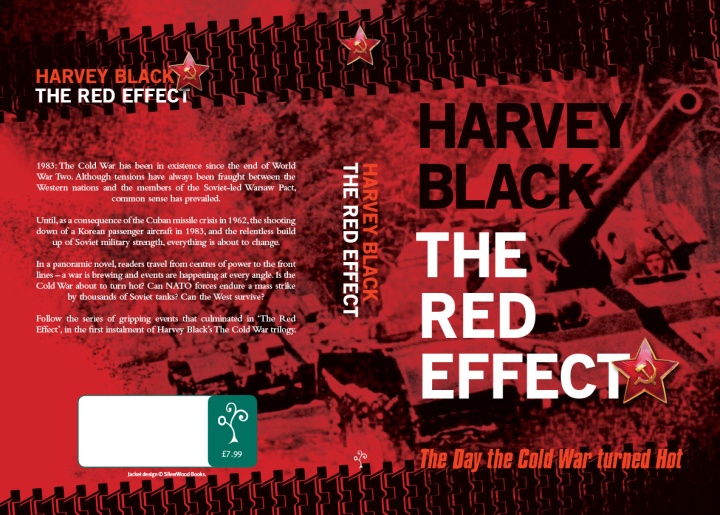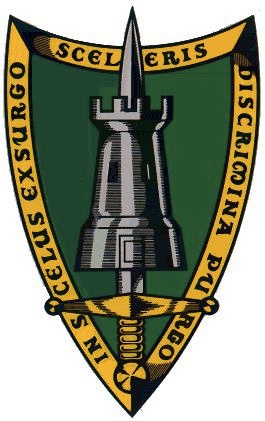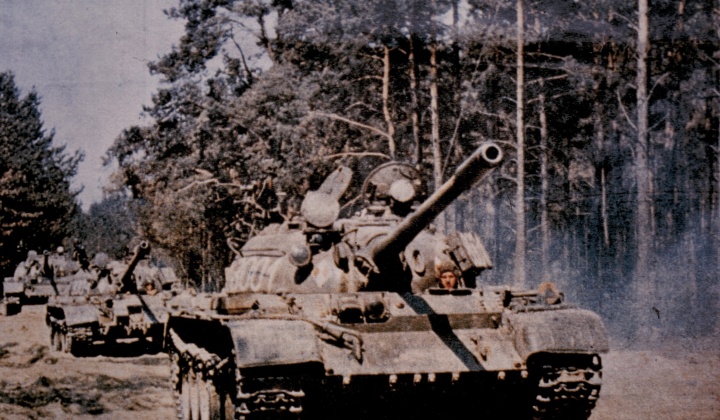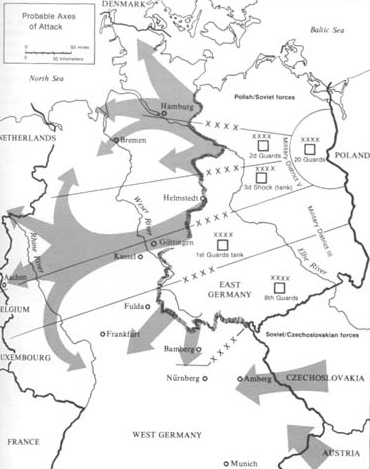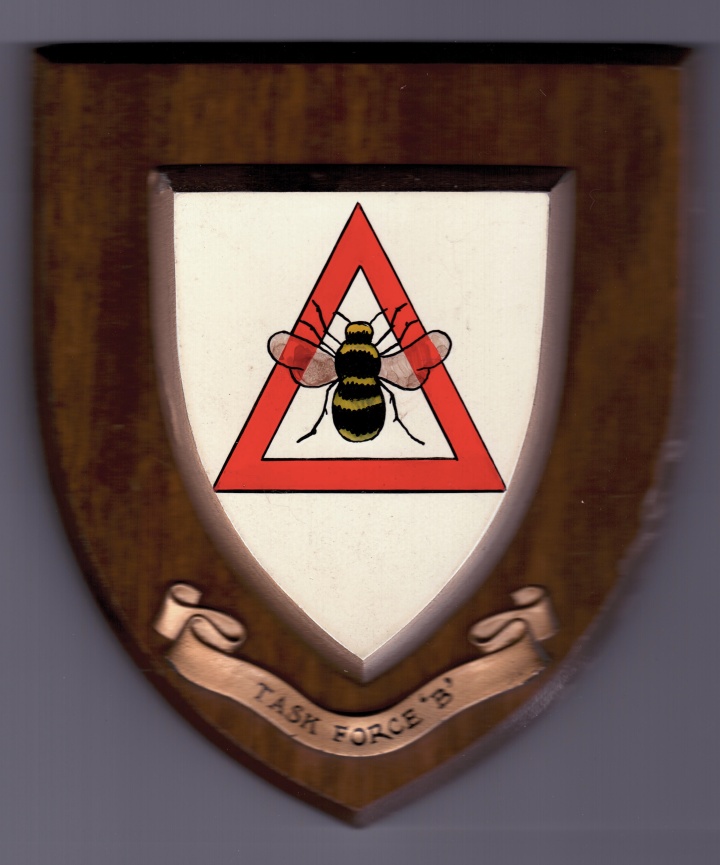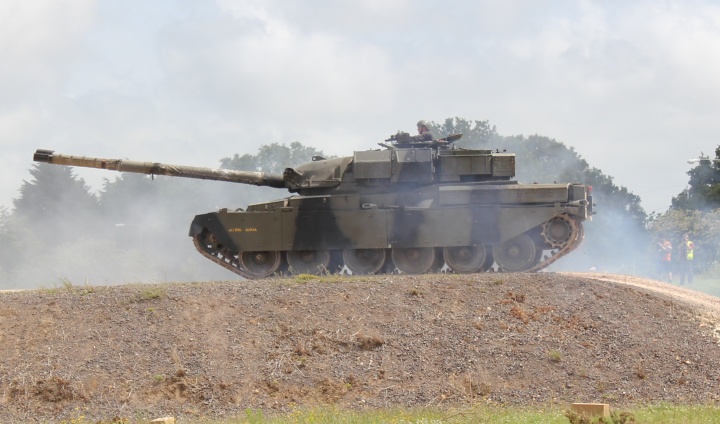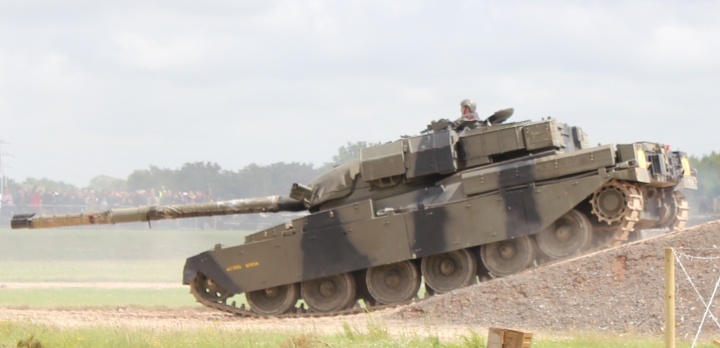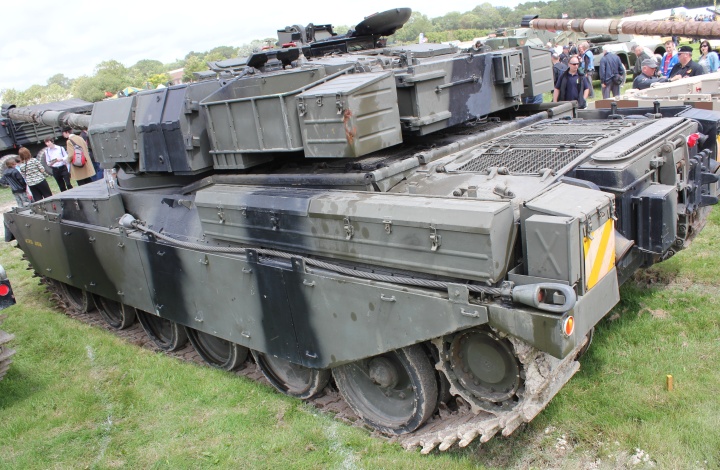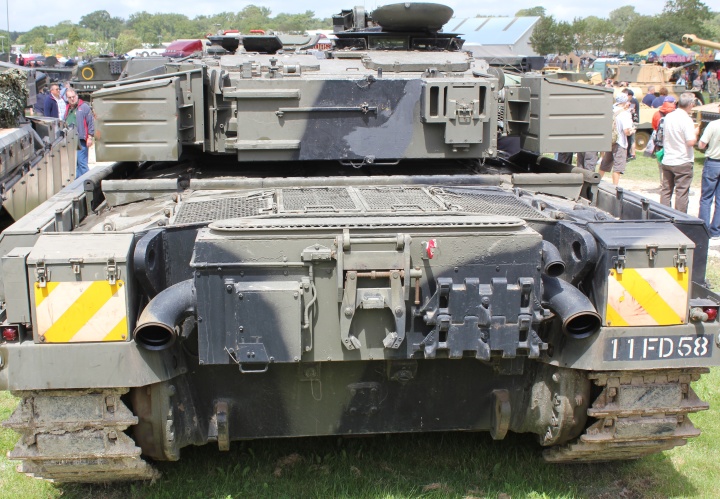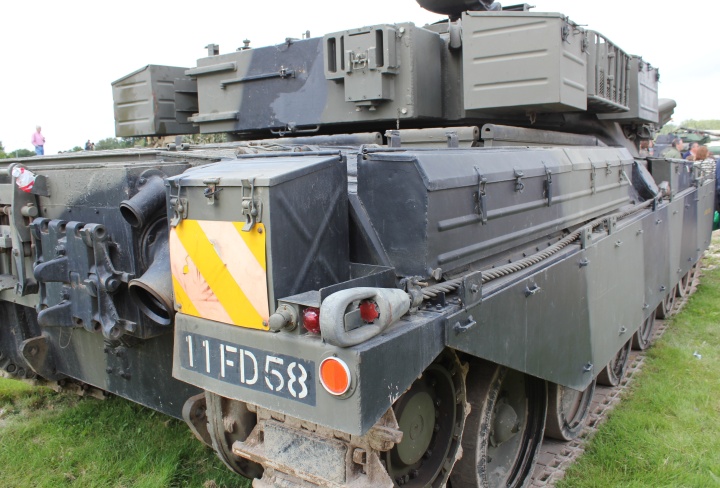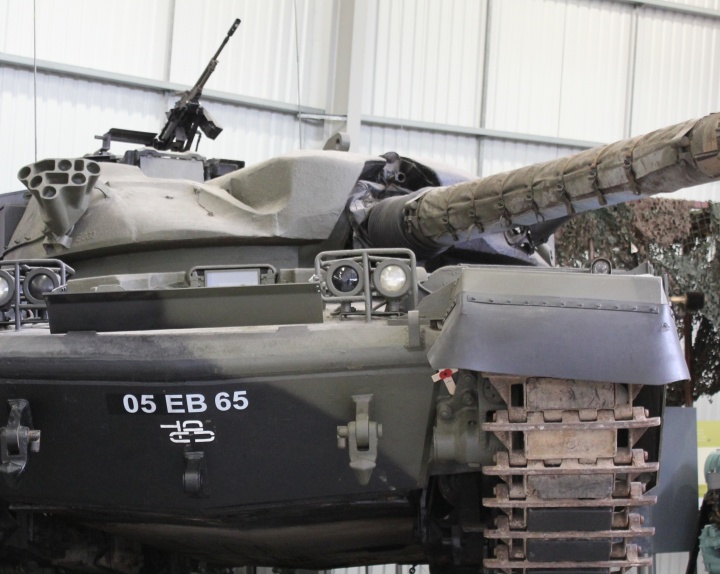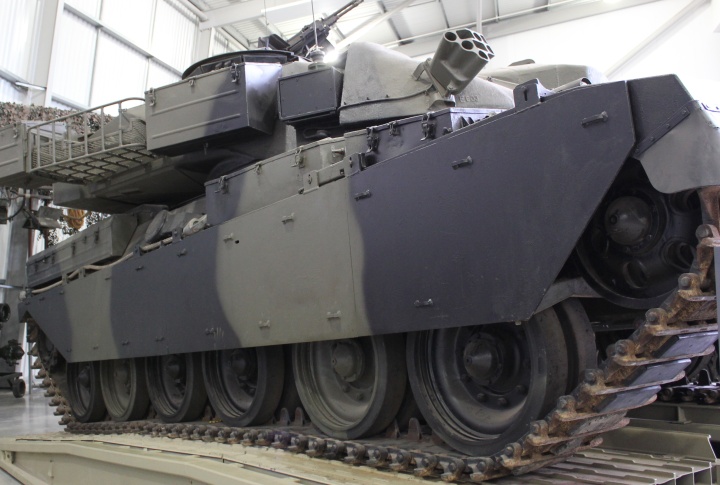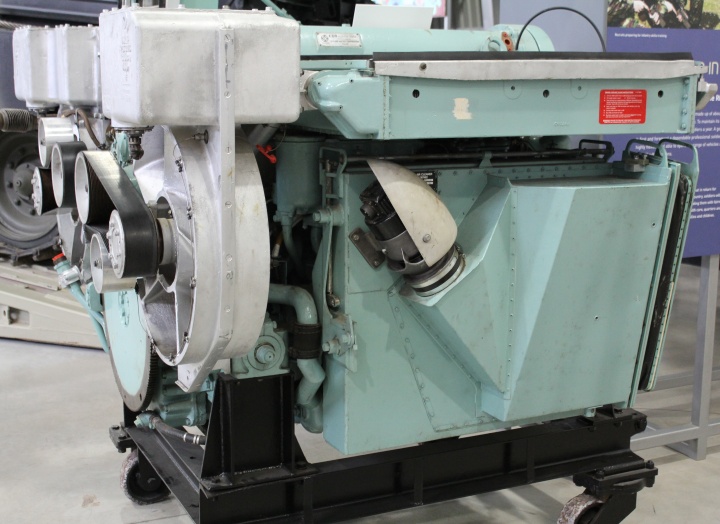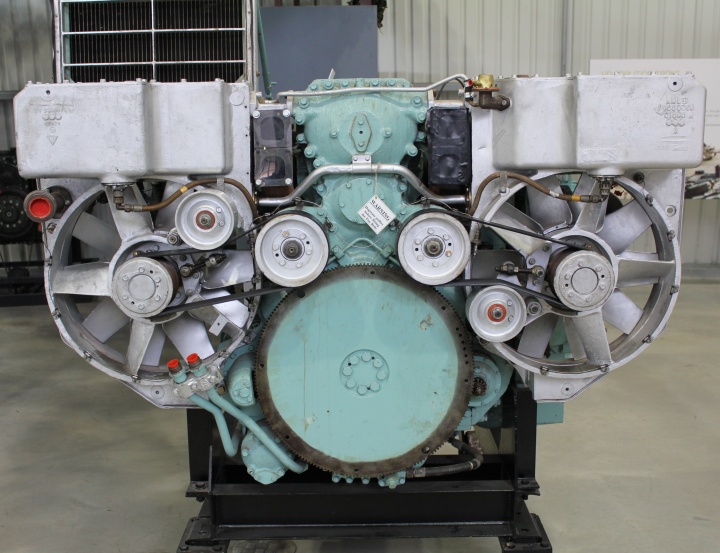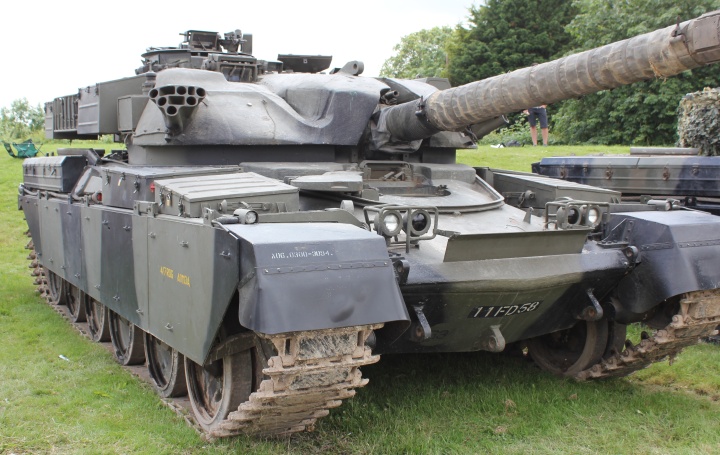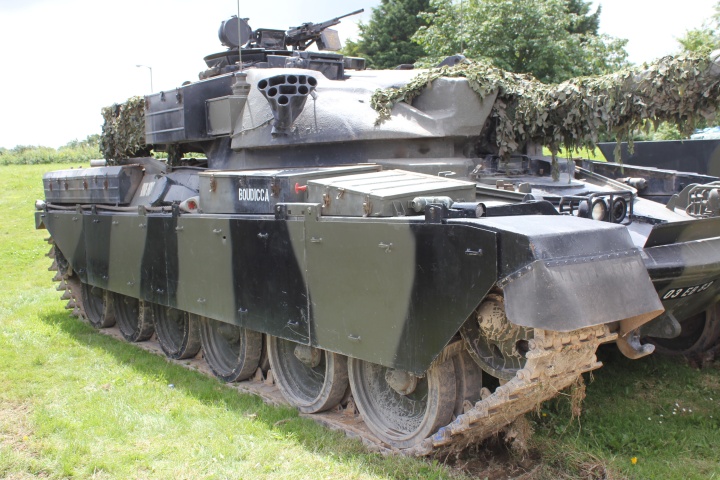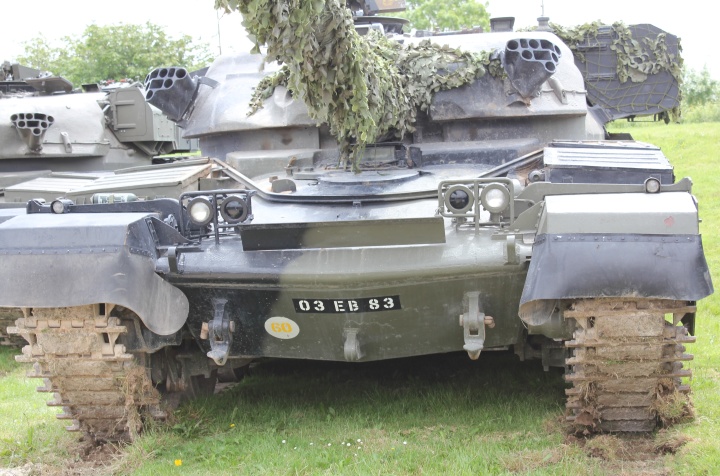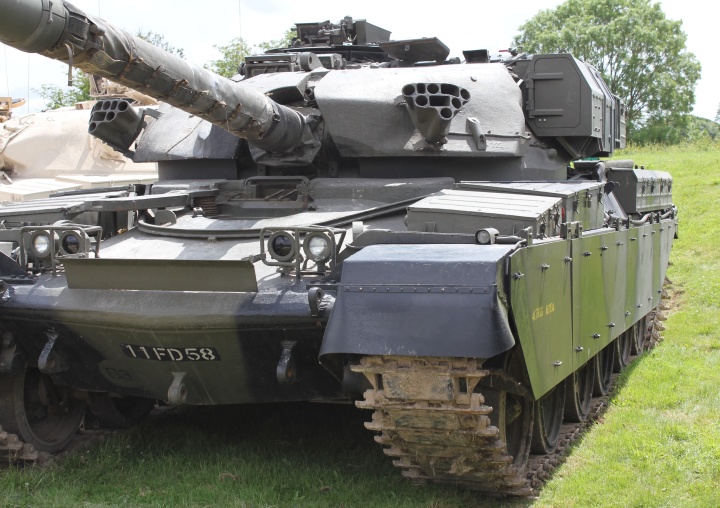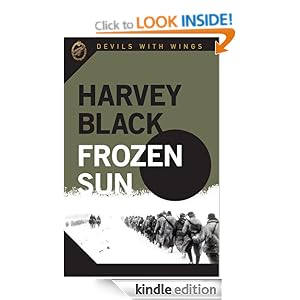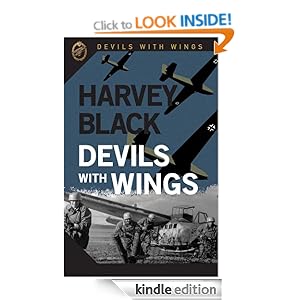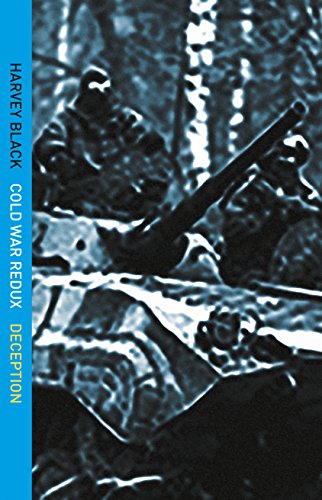The Cold War Years. A Hot War in reality. Part 6.
My ‘Cold War’ trilogy is complete. I enjoyed writing it and the empty space it has left will be filled with a new set of books, based on the outcome of a strategic nuclear exchange. An Apocalyptic trilogy, survival at its worst.
The Cold War era started very soon after the end of the second world war, when the communist east, led by the Soviet Union, and the Western world, led by the United States and its NATO allies, faced each across what became known as the ‘Iron Curtain’.
.
.
The capital of Germany, Berlin, was divided into four Sectors. The consequence being, that the three Western Allied powers now controlled territory deep within the Soviet Union Zone of Germany.
Over time, the tensions between the four Allied powers increased, eventually resulting in the Berlin blockade in 1948, when the Soviets attempted to starve West Berlin into submission and force the other three Allied powers out. This failed and the Soviets eventually relented, but an ever-increasing number of East Germans fled to the West; between 150,000 and 300,000 a year during 1951-1953. As a consequence restrictions were placed on movement between the divided country. From 1961, the border was closed and Berlin completely encircled, first by barbed wire, then bricks and finally a concrete wall, along with the infamous ‘death strip’.
Access was now restricted between Berlin and the West. A wall, 124 mile miles in length, was placed around the three sectors of West Berlin, cutting off the city from the rest of the world.
An Iconic picture of the face-off between the West and the East. The Cold War truly starts – October 1961.
.
Checkpoint Charlie – American Sector of West Berlin 1981
I shall cover various aspects of the two opposing forces, providing the backdrop and background information for my trilogy.
In 1984/85, the Warsaw Pact was already a significant force, the Soviet Union in particular. To counter this NATO, the North Atlantic Treaty Organisation, assembled its own force of arms along the Iron Curtain. Not just as a show force against the communist ideals purported by the East, but because the likelihood of Warsaw Pact troops, led by the Soviet Union, crossing the Inner German Border was a real possibility.
Allied Forces Central Europe, AFCENT, would have to take the brunt of any attack by the Warsaw Pact forces. With responsibility for Parts of Europe stretching from Denmark to the borders of Austria, it had three subordinate commands. The two key ones, Northern Army Group, NORTHAG, and Central Army Group, CENTAG. For this and the next Post, I will concentrate on NORTHAG.
.
Northern Army Group Insignia. During the building of the Joint Headquarters, a Frankish battle axe was discovered and subsequently used as their emblem. They chose it because the Franks were a West-European tribe defending against attackers from the East.
.
For the defence of the Federal Republic of Germany, NATO used a ‘layer-cake’ principle. The country was sectioned into layers, with a designated Army Corps taking responsibility for its defence. Northag had 1 Dutch, 1 German, 1British and 1 Belgium Corps. Once Reforger was enacted, a US Corps would provide additional reinforcements along with additional troops from Britain.
.
Northern Army Group consisted of four Army Corps; 1 Dutch Corps in the north, beneath that 1 German Corps, 1 British Corps and 1 Belgian Corps. NORTHAG’s area of responsibility ran from the North German Plains, south of the river Elbe, to the city of Kassel. Below Kassel was the responsibility of CENTAG and north of the Elbe was the responsibility of Allied Land Forces Command. 1 British Corps, 1 BR Corps, was a key part of Northag’s defence of the northern part of Germany.
.
Insignia of the British Army of the Rhine.
.
1 (BR) Corps – 1984/85
Britain
1st Armoured Division (Federal Republic of Germany)
3 x Armoured Brigades
22nd Armoured Brigade
- 2 x Armoured Regiments (14/20th Kings Hussars & 2nd Royal Tank Regiment) 56 Chieftain Tanks each.
.
Chieftain Mark 10/11
- 1 x Mechanised Infantry Battalion (1st Battalion Royal Green Jackets). A battalion of around 600 Infantry, carried into battle by 71 x FV432’s.
.
FV432 – armoured personnel carrier. The Mark 1 had a petrol engine, Mark 2 a Rolls-Royce multi-fuel engine and the Mark 3 with a diesel engine. It had a speed of up to 30mph.
.
FV432. Its key role was that of a troop carrier, but there were other variants – such as a command vehicle, recovery vehicle, Wombat recoilless rifle carrier, a 81mm mortar on a turntable in the rear of the hull, a Peak Engineering turret with the L37A1 variant of the 7.62mm GPMG, a 30mm Rarden-Gun, night surveillance ZB-298 radar and a MILAN, anti-tank missile carrier.
.
7th Armoured Brigade
- 2 x Armoured Regiments (Royal Hussars & 14th/20th Hussars) 56 Challenger Tanks each.
.
Challenger 1. The 62 ton Main battle Tank is capable of a speed of up to 35mph. Its armour, still classified, and 120mm gun make this a formidable opponent.
- 1 x Mechanised Infantry Battalion (3rd Battalion, Queen’s Regiment). A battalion of around 600 Infantry carried into battle by 71 x FV432’s.
12th Armoured Brigade
- 1 x Armoured Regiment (5th Royal Inniskilling Dragoon Guards) 56 x Chieftain Tanks
- 2 x Mechanised Infantry Battalions (1st Battalion Kings Regiment & 1st Battalion Green Howards). 71 x FV432’s per battalion.
.
Inside an FV432 armoured personnel carrier. Usually a crew of 3, with 7 Infantry in the back. Closed down, at speed across rough country, you will soon find out if you suffer from travel sickness.
.
Additional Forces
- 1st Queen’s Dragoon Guards. 48 x FV107 Scimitar.
- 1st Regiment Royal Horse Artillery (24 x Abbot).
- 40th Field Regiment Royal Artillery (24 x M109).
- 4th Field Regiment Royal Artillery (24 x M109).
- 10th Air Defence Battery Royal Artillery (Blowpipe).
- 21 Engineer Regiment
- 1 Regiment Army Air Corps
.
FV433 Abbot, Self Propelled Gun. 105mm L109 Gun.
.
M109 Self Propelled Howitzer, 155mm
.
Blowpipe anti-aircraft missile system
2nd Infantry Division (Great Britain)
24th Infantry/Airmobile Brigade
- 1st Battalion Duke of Wellington’s Regiment & 1st Battalion Kings Own Royal Border Regiment.
15th (North East) Infantry Brigade
- Queens Own Yeomanry (Fox and Spartan) & 5 Infantry battalions.
49th (East) Infantry Brigade
- The Royal Yeomanry (Fox and Spartan) & 5 x Infantry battalions.
Additional Forces
- 49th Field Regiment Royal Artillery FH-70
- 100th (Yeomanry) Field Regiment 24 x FH-70
- 101st (Northumbrian) Field Regiment Royal Artillery (V) 24 x FH-70
- 15 x (Territorial Army) Infantry Battalions
.
3rd Armoured Division (Federal Republic of Germany).
4th Armoured Brigade
- 2 x Armoured Regiments (Queen’s Royal Irish Hussars & 17th/21st Lancers) 56 x Chieftain Tanks each.
- 1 x Mechanised Infantry Battalion (1st Battalion Irish Guards) 71 x FV432’s.
6th Airmobile Brigade
- 2 x Infantry battalions (1st Battalion Worcestershire & Sherwood Foresters Regiment & 1st Battalion Light Infantry).
19th Infantry Brigade (Colchester)
- 1st Battalion Kings Own Scottish Borderers, 2nd Battalion Royal Anglian Regiment and 1st Battalion Staffordshire Regiment.
Additional Forces
- 9th/12th Lancers 48 x FV107 Scimitar
- 19th Field Regiment Royal Artillery (24 x Abbot).
- 2nd Field Regiment Royal Artillery (24 x M109)
- 45th Field Regiment Royal Artillery (24 x M109)
- 46th Air Defence Battery Royal Artillery (Blowpipe).
- 26 Engineer Regiment
- 3rd Regiment Army Air Corps
.
4th Armoured Division Federal Republic of Germany.
11th Armoured Brigade
- 1 x Armoured Regiment (3rd Royal Tank Regiment) 56 x Chieftain
- 2 x Mechanised Infantry Battalions (1st Battalion Royal Regiment of Fusiliers & 2nd Battalion Royal Green Jackets) 71 FV432’s each
20th Armoured Brigade
- 2 x Armoured Regiments (Blues and Royals & 4th/7th Royal Dragoon Guards) 56 x Chieftain each.
- 1 x Mechanised Infantry Battalion (1st Battalion Royal Regiment of Wales) 71 x FV432.
33rd Armoured Brigade
- 1 x Armoured Regiment (Royal Scotts Dragoon Guards) 56 x Chieftain
- 2 x Mechanised Infantry Battalions (1st Battalion Royal Highland Fusiliers & 1st Battalion Black Watch) 71 x FV432 each.
Additional Forces
- 15th/19th Hussars 48 x FV 107 Scimitar
- 3rd Regiment Royal Horse Artillery (24 x Abbot).
- 27h Field Regiment Royal Artillery (24 x M109)
- 47th Field Regiment Royal Artillery (24 x M109)
- C Battery Royal Horse Artillery (FV438 Swingfire).
- 43rd Air Defence Battery Royal Artillery (Blowpipe).
- 35th Engineer Regiment
- 4th Regiment Army Air Corps
1 BR Corps – 1st Artillery Brigade
- 50th Missile Regiment Royal Artillery – 12 x Lance Missile Launchers
- 5th Heavy Regiment Royal Artillery – 24 x M110
- 32nd Heavy Regiment Royal Artillery – 24 x M107
- 39th Heavy Regiment 24 x M107
- 16th Air Defence Regiment Royal Artillery – Rapier
- 22nd Air Defence regiment Royal Artillery – Rapier
During the early 80’s, 1 Br Corps operated in ‘Battlegroup’ and ‘Combat Team’ formations.
22nd Armoured Brigade, 1st Armoured Division would be made up of three Battlegroups’ (BG).
14th/20th Hussars BG
Combat Team A – 1 Squadron Chieftain Tanks.
Combat Team B – 1 Squadron Chieftain Tanks.
Combat Team C – 1 Squadron Chieftain Tanks.
Combat Team D – 1 Squadron Chieftain Tanks.
2nd Royal Tank Regiment BG
Combat Team A – 2 troops Chieftain Tanks, 1 Mechanised Infantry Platoon
Combat Team B – 1 troops Chieftain Tanks, 2 Mechanised Infantry Platoons
Combat Team C – 2 troops Chieftain Tanks, 1 Mechanised Infantry Platoon
Combat Team D – 1 troops Chieftain Tanks, 2 Mechanised Infantry Platoons
1st Battalion Welsh Guards BG
Combat Team A – 2 troops Chieftain Tanks, 1 Mechanised Infantry Platoon
Combat Team B – 1 troops Chieftain Tanks, 2 Mechanised Infantry Platoon
Combat Team C – 2 troops Chieftain Tanks, 1 Mechanised Infantry Platoon
Combat Team D – 1 troops Chieftain Tanks, 2 Mechanised Infantry Platoon
The above is just a rough outline. Each battlegroup would be allocated elements of the Infantry battalions Weapons company and other anti-tank elements of the Brigade or Division, depending on their specific task.
.
Once NATO was warned, or had an indication, of a potential attack by the Warsaw Pact it would deploy as quickly as possible. Among other forces, a thin reconnaissance screen would be sent out seeking enemy break through points across the Inner German Border and monitoring the enemies advancing armies. One of those reconnaissance assets was the Combat Vehicle Reconnaissance (Tracked), CVRT series, the Scorpion and Scimitar.
.
FV-102, Striker. A light weight, anti-tank missile carrier. Entered service in 1976. Weighing 8.3 tons, a crew of three, it has a top speed of 50 mph. Floatation skirt is visible, used for swimming in still water. The markings are for L Battery, Royal Horse Artillery.
.
Powered by a Jaguar 4.2 litre engine. It employs aluminium armour and is designed to fight from cover.
.
Striker is armed with the Swingfire anti-tank wire-guided missile. Five are carried in the hinged launcher at he back, a further five stowed inside.
.
Swingfire has a maximum range of 4,000 metres and a minimum range of 150 metres. The operator has to steer the missile onto the target.
.
Scorpion reconnaissance tank, was the fastest tank in the world when it was introduced in 1973..
.
Its light-weight aluminium armour meant it was able to travel over very soft ground and could be carried by a Chinook helicopter.
It is armed with a 76mm main gun.
.
A top speed of 50 mph..
.
Twin wheels in six bogies.
.
The 4.2 litre Jaguar engine
.
FV-107, Scimitar. Another member of the CVR(T) series. This is the later model currently used by the Army. On this version, the latest protection has been added. Ceramic ballistic armour and bar armour around the hull to increase protection against RPG attacks.
.
It also has mine blast protection and electronic countermeasures IDED, mounted at the top of the turret and to the front of the turret. Under the CVR(T) Life Extension Program (LEP), the Jaguar engine was changed to a Cummins BTA 5.9 diesel engine.
.
An on-road speed of nearly 60mph.
.
The Scimitar is armed with a 30mm L21 Rarden cannon, firing up to 90 rounds per minute.
.
It can fire HEI, High Explosive Incendiary, HE, High Explosive, AP, Armoured Piercing, and APDS-T, Armour Piercing Discarding Sabot-Tracer.
.
My intention is not to portray a particular message, but just share some of my research and experiences with you. This is the first of my new ‘Cold War’ series, supporting the writing of my new ‘Cold War’ series of novels, covering the hypothetical invasion of West Germany by the Warsaw Pact in the 80’s.
.
The equipment Photographs and Blog are copyrighted to Harvey Black


